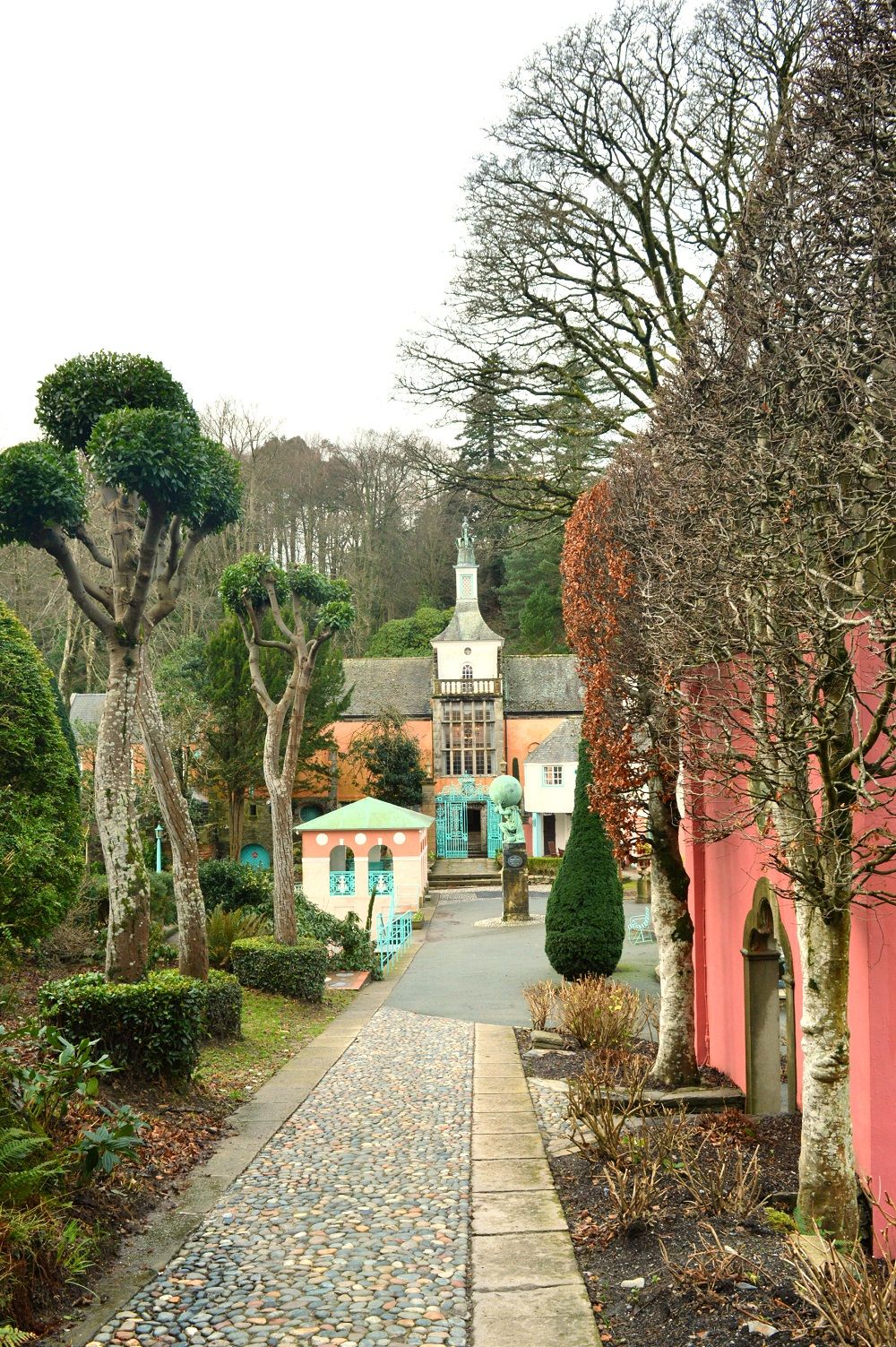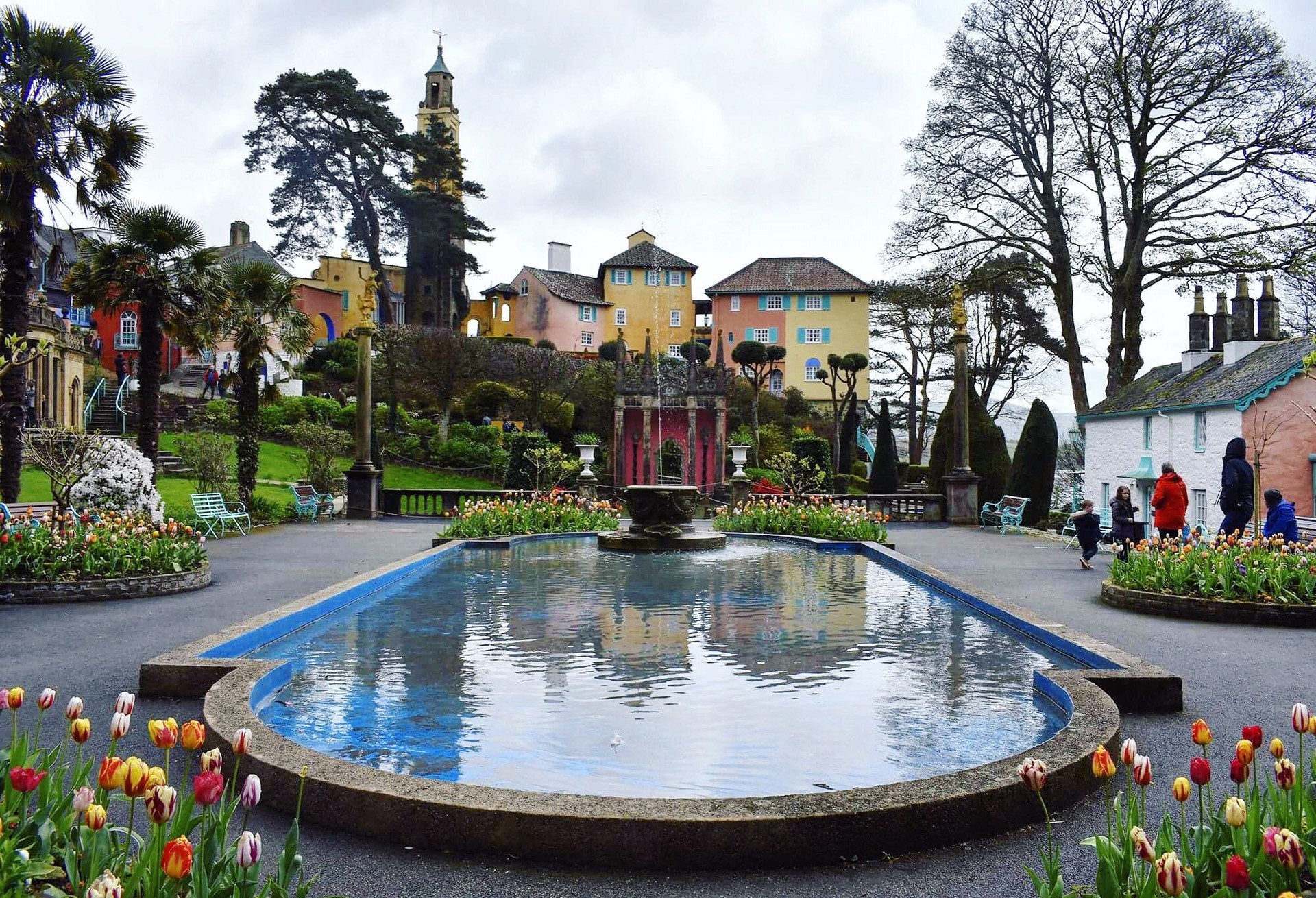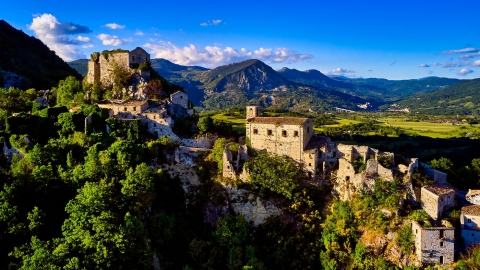The village of Portmeirion in North Wales was built in the 1920s on the Dwyryd Estuary and under the majestic mountains of Snowdonia. It fascinates many domestic and foreign tourists with its unique houses. They are painted pink, red, green, ochre and each roof has a different design, in Jacobean and Gothic, Norwegian and Regency styles. They are pink, red, green, ochre and each roof has a different shape. This is a complete contrast to the uniform architecture of old English villages.
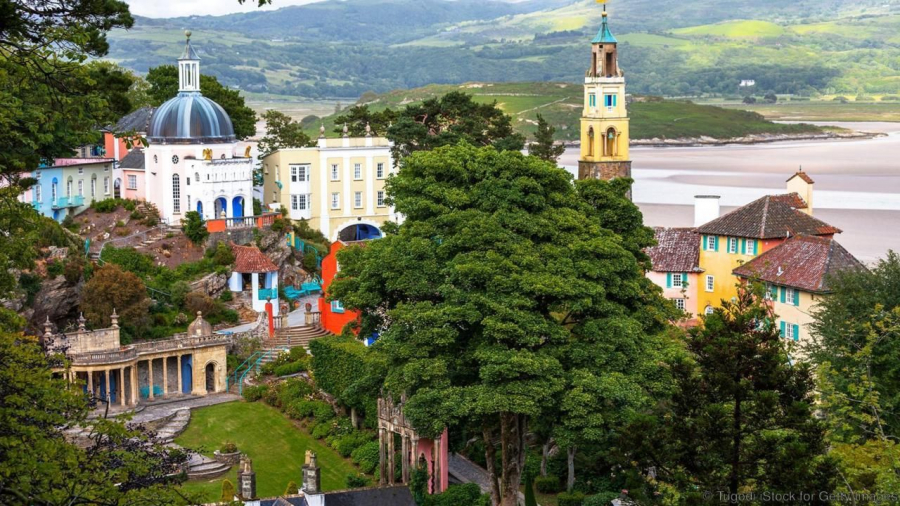
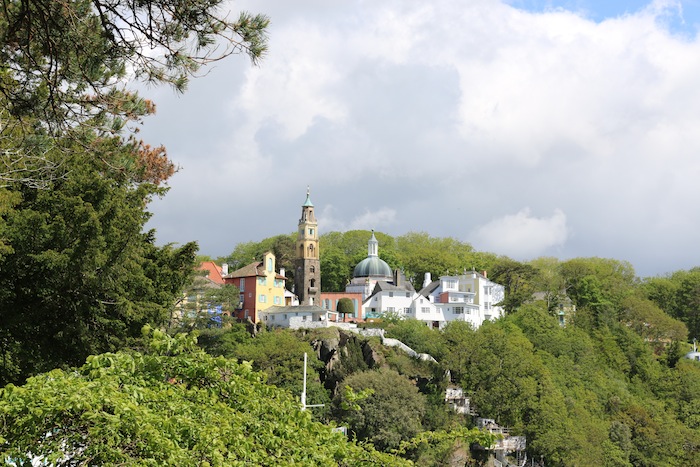
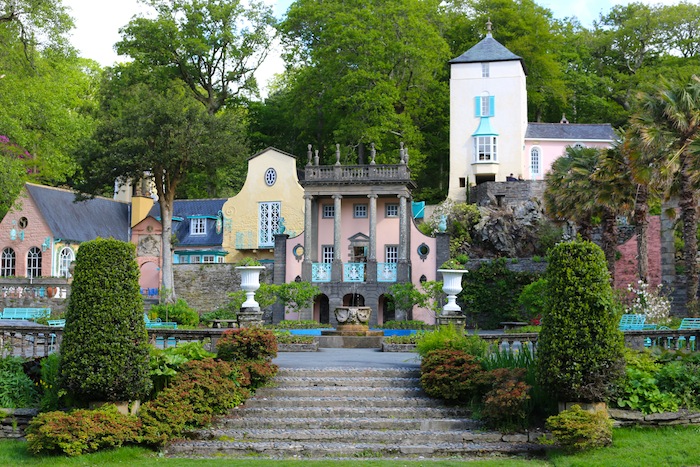
Welsh architect Clough Williams Ellis is the “father” of this unique architectural project. Ellis is known as a successful person, but hardly attended any school. In Ellis’s time, when Britain was finding its footing in the post-war period, aesthetics in architectural works were not given much importance. Many buildings were not built beautifully and finding someone with an aesthetic sense was very important.


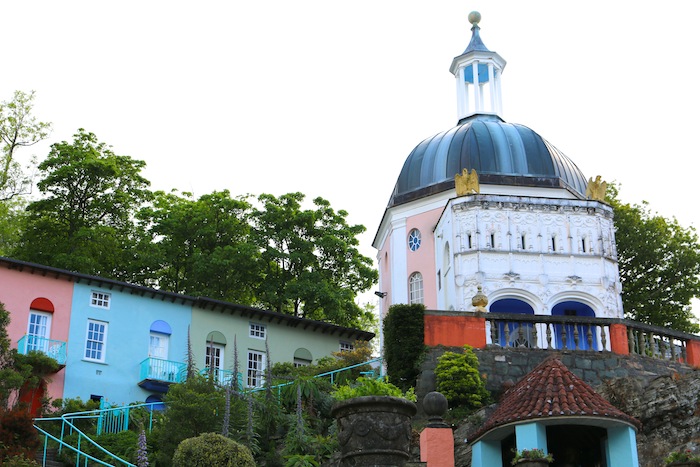
Disillusioned with the dominant style of architecture – functional and brutalist – he wanted to create “well-placed buildings that would complement the surrounding landscape”. So in 1925, Ellis bought a small plot of land on the outskirts of Snowdonia and set about building some stunning buildings to prove his point on the pretty slopes that led down to the river mouth.



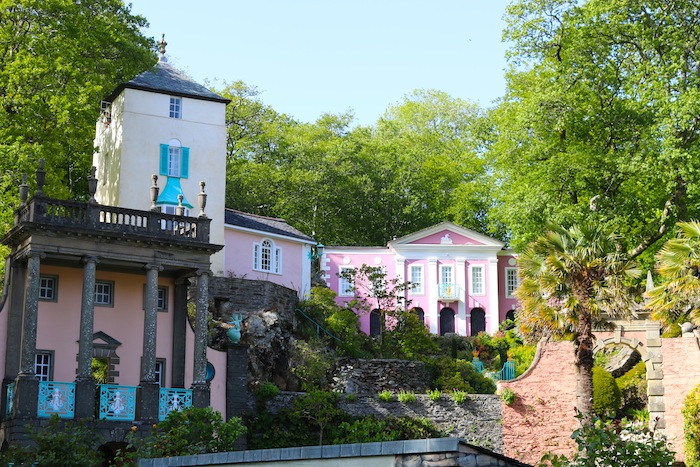

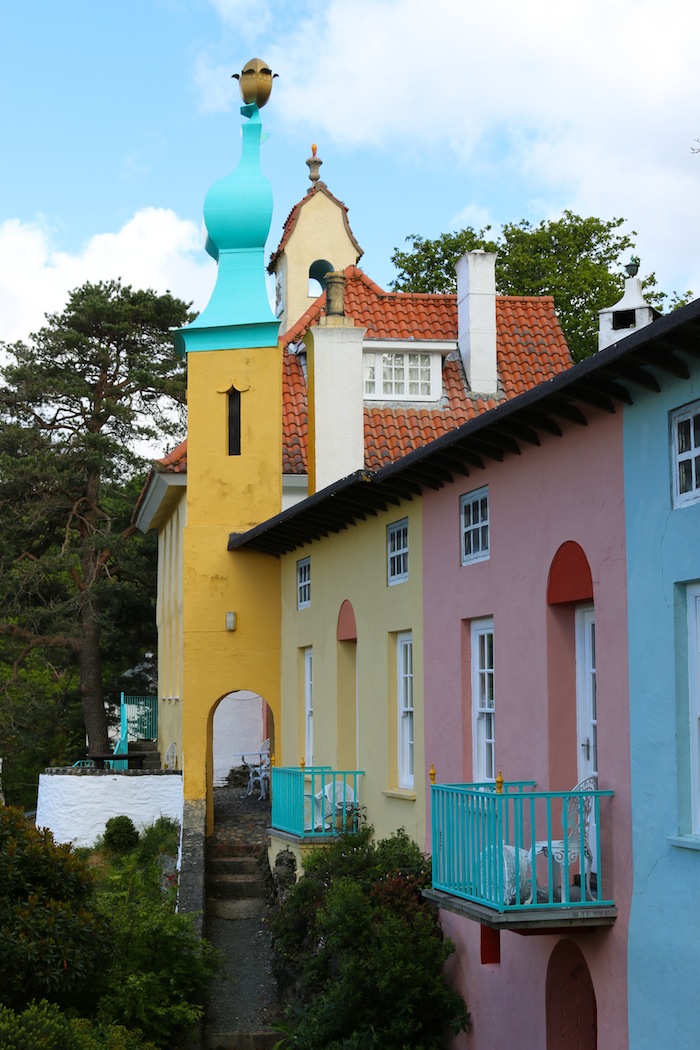
Ellis acquired the land, which included an abandoned medieval mansion. He renovated and restored the castle into a beautiful hotel complex. He also turned the surrounding barns and outbuildings into interesting features on the hotel grounds.
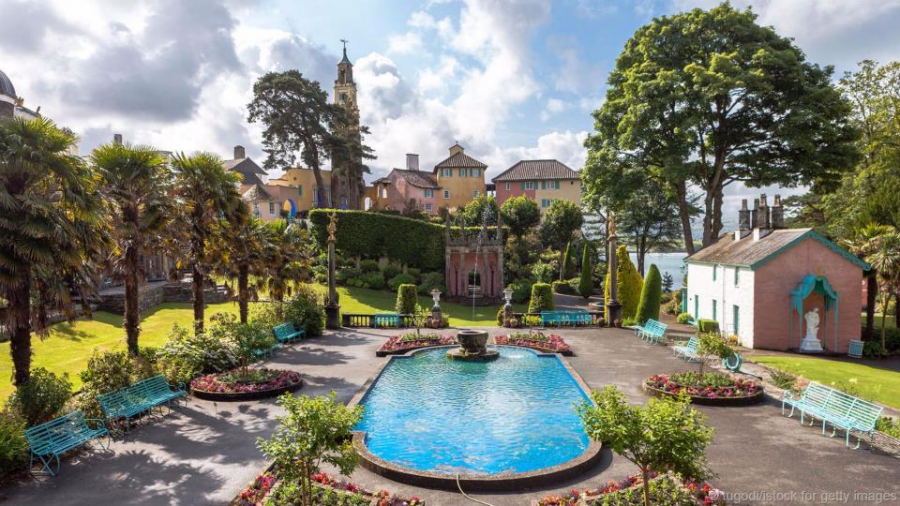
Creativity is fully exploited in Ellis's works. He only sketches the ideas for the houses, all the remaining stages are left to the construction engineers to find ways to realize.
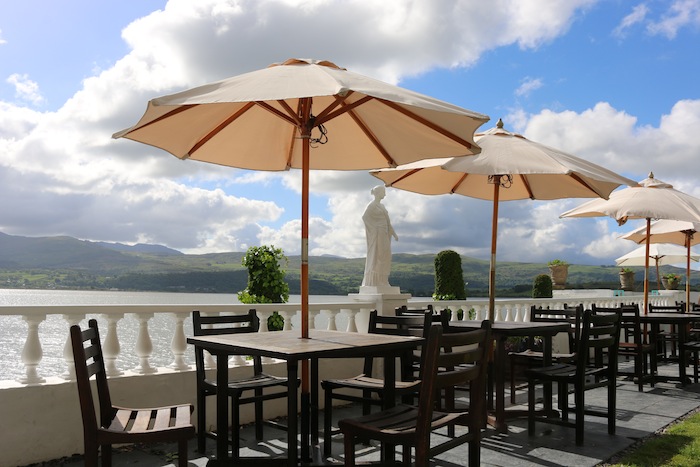
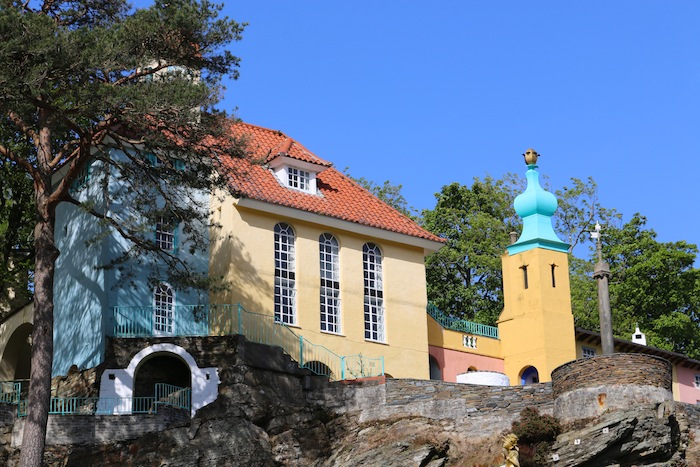



Most of the village’s buildings are new constructions from old or war-damaged structures. After World War I and II, modernist architects demolished many heritage buildings. Ellis bought these buildings to “reuse” them. He declared Portmeirion would become “a land of broken buildings.” For example, in his replica of the village’s Town Hall, he used the ceiling of a house awaiting demolition.
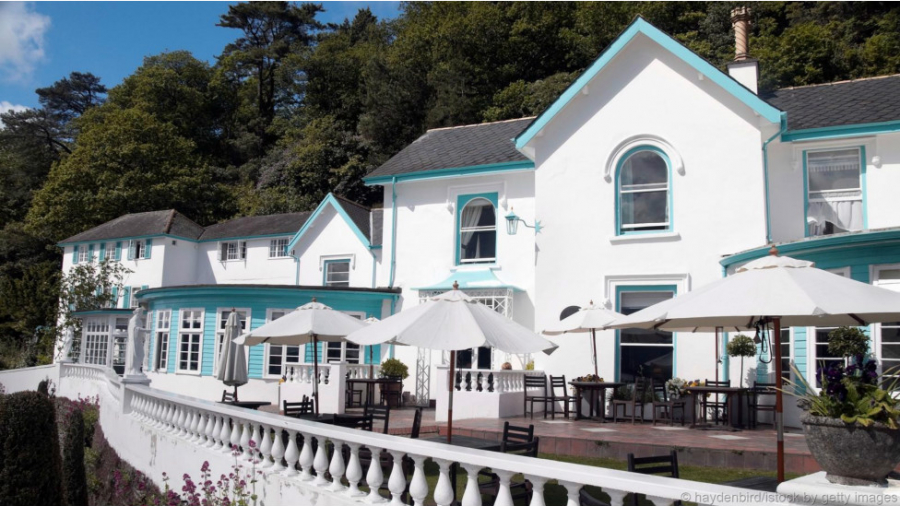



The name Portmeirion was given by Ellis as meaning “Meirion port”. The word port came from the village’s location on the banks of the River Dwyryd, and “Meirion” came from Merionethshire, the county in which the village resides.
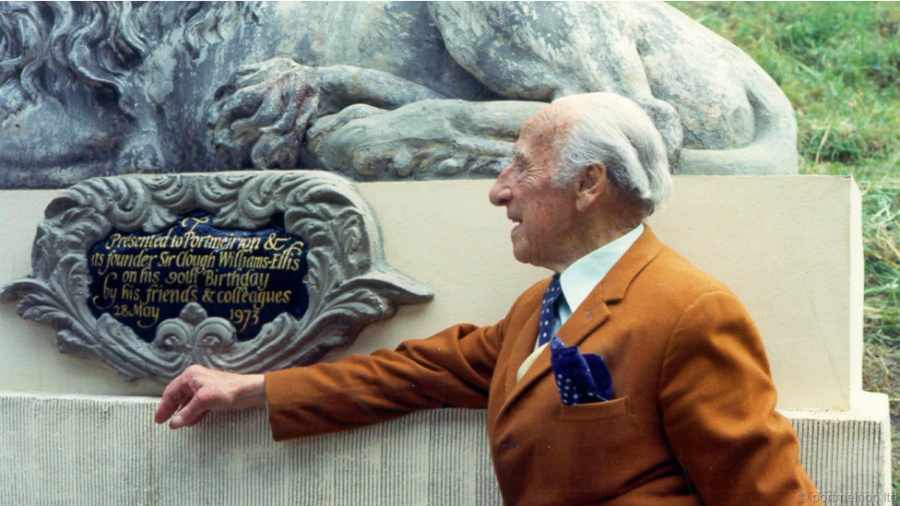
Clough Williams Ellis
Ellis's wife, Amabel, was well acquainted with London's literary and artistic circles and invited many famous people to visit the village. Among them were the playwright George Bernard Shaw, the novelist H. G. Wells, the architect Frank Lloyd Wright and the director Noël Coward. Also present was Edward, then Prince of Wales.
When Prince Edward visited the village in 1943, Ellis had a private room added to the hotel and temporarily raised the entrance fee to one pound to reduce footfall.

During World War II, Portmeirion became such a phenomenon and so many visitors that Ellis had to buy a hotel in Shropshire's central market town, Shrewsbury, to use as a stopping point along the way.
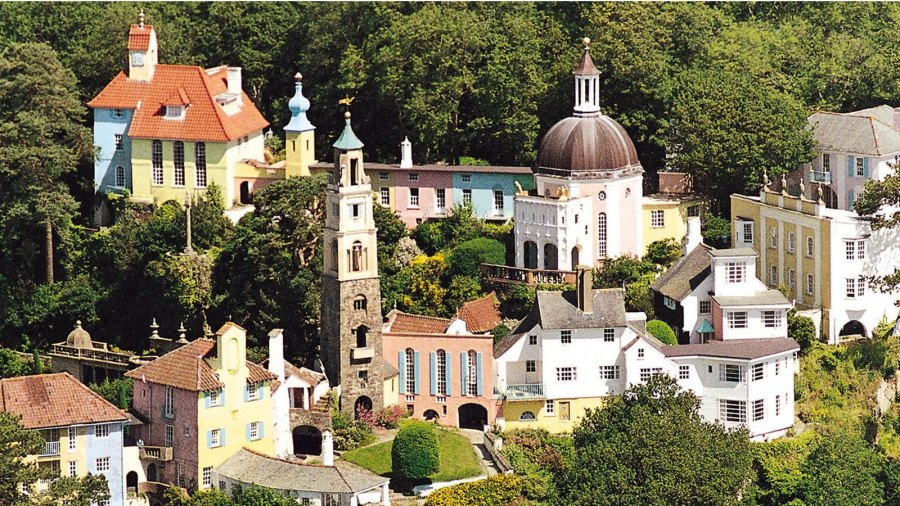
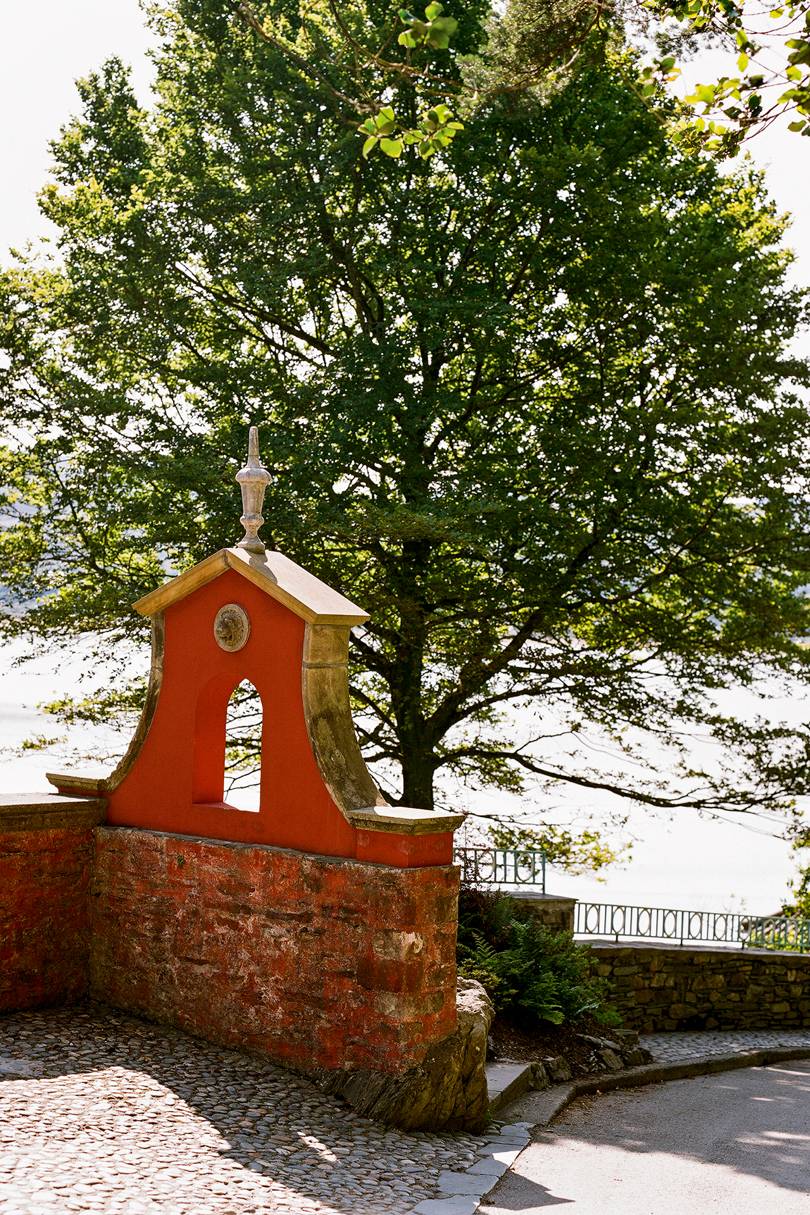
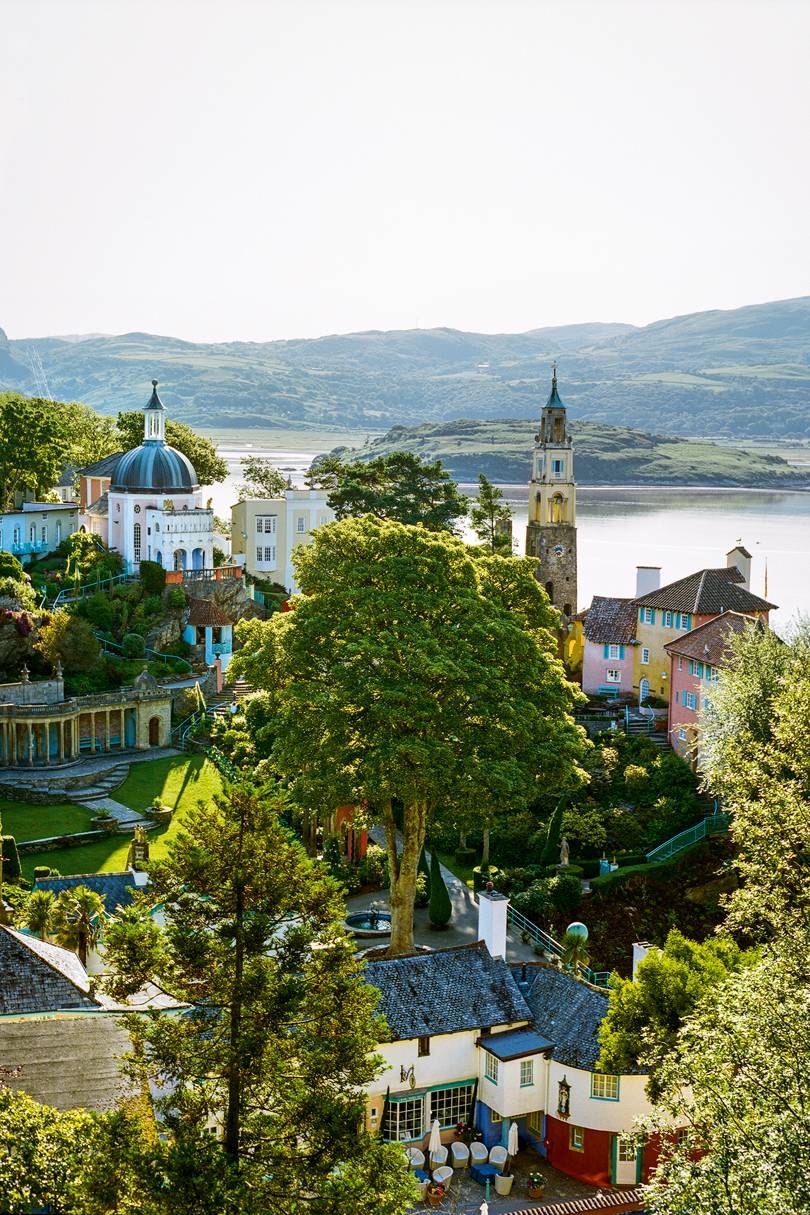
In the 1960s, Portmeirion had different entry prices depending on whether you were an overnight guest, an annual visitor or a day visitor. Prices could increase suddenly and without warning if there were too many visitors. Ellis wanted visitors to feel at home in the village.
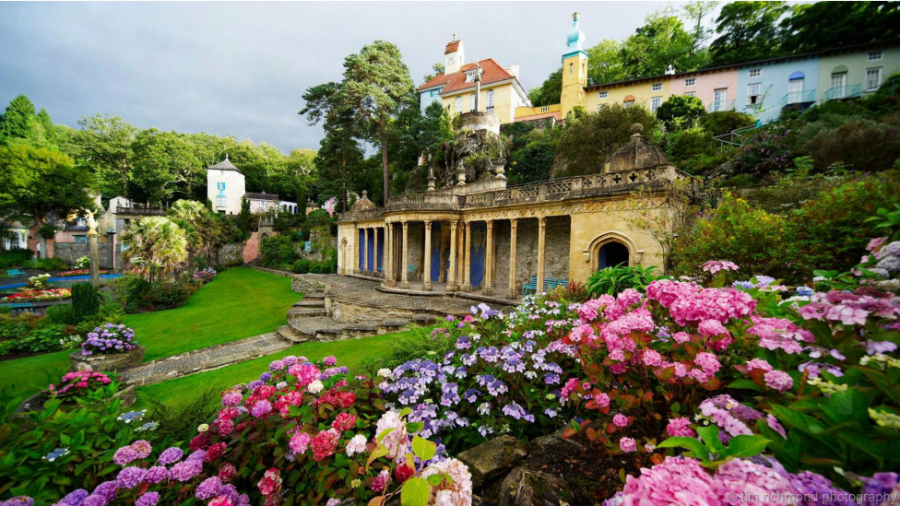
Today, this village, which many consider “the most unusual in Britain”, is still bustling with visitors. Delicious, classy dishes are still served attentively in the hotel’s Art Deco dining room. Everything remains the same as the first day, but there are some special things: visitors are treated more “equally” as the price list for visitors is no longer available.

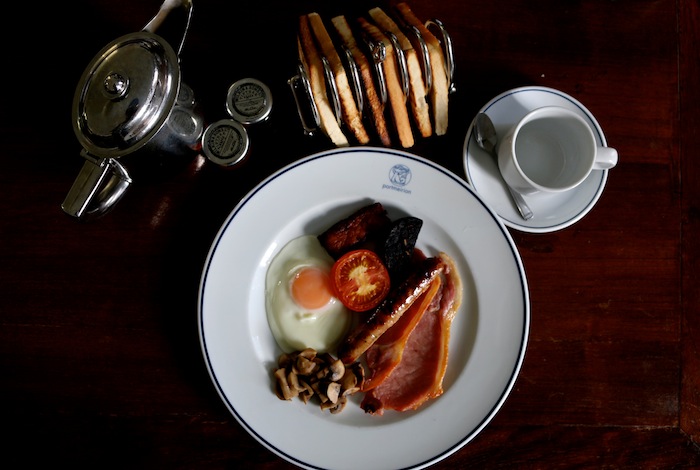


“The village has always managed,” says writer Robin Llywelyn, William Ellis’s grandson and village chief executive. “Many members of the family have pursued their own agendas, but they have all been for the long-term benefit of Portmeirion.”
“My grandfather didn’t like Portmeirion becoming a sterile architectural museum,” Llywelyn said. “He wanted it to be a place that inspired people to be creative, whether they were painters, writers, poets, musicians or even architects – and above all, a place that brought joy and made people happy,” Llywelyn said.
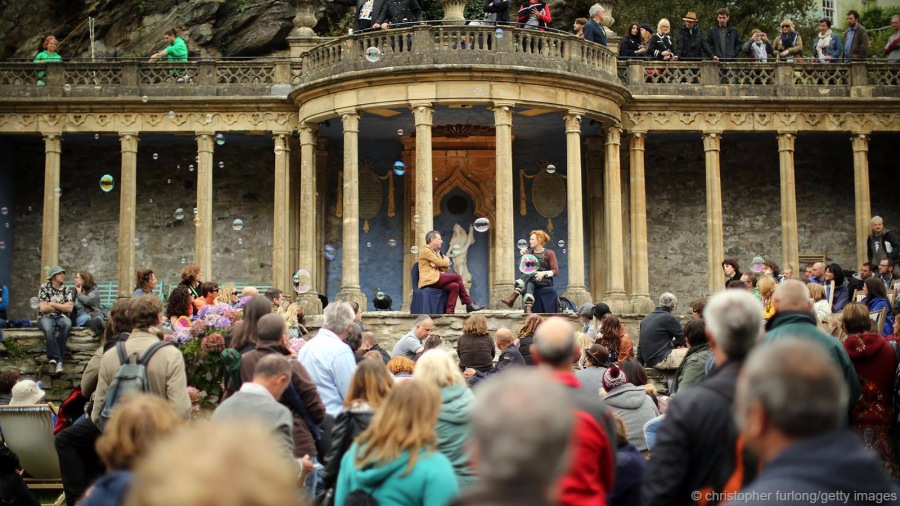
It is the richness and diversity of Portmeirion's architecture that has helped it catch the eye of a number of film directors. Portmeirion was used as a backdrop for France in Brideshead Revisited, 1960s Italy in The Green Helmet, Renaissance Italy in Dr. Who and even China in Danger Man. Two long-running TV series that have helped make Portmeirion a household name in the UK - the sci-fi series The Prisoner and the romantic series Cold Feet - have contributed to Portmeirion suddenly becoming a popular wedding venue.





